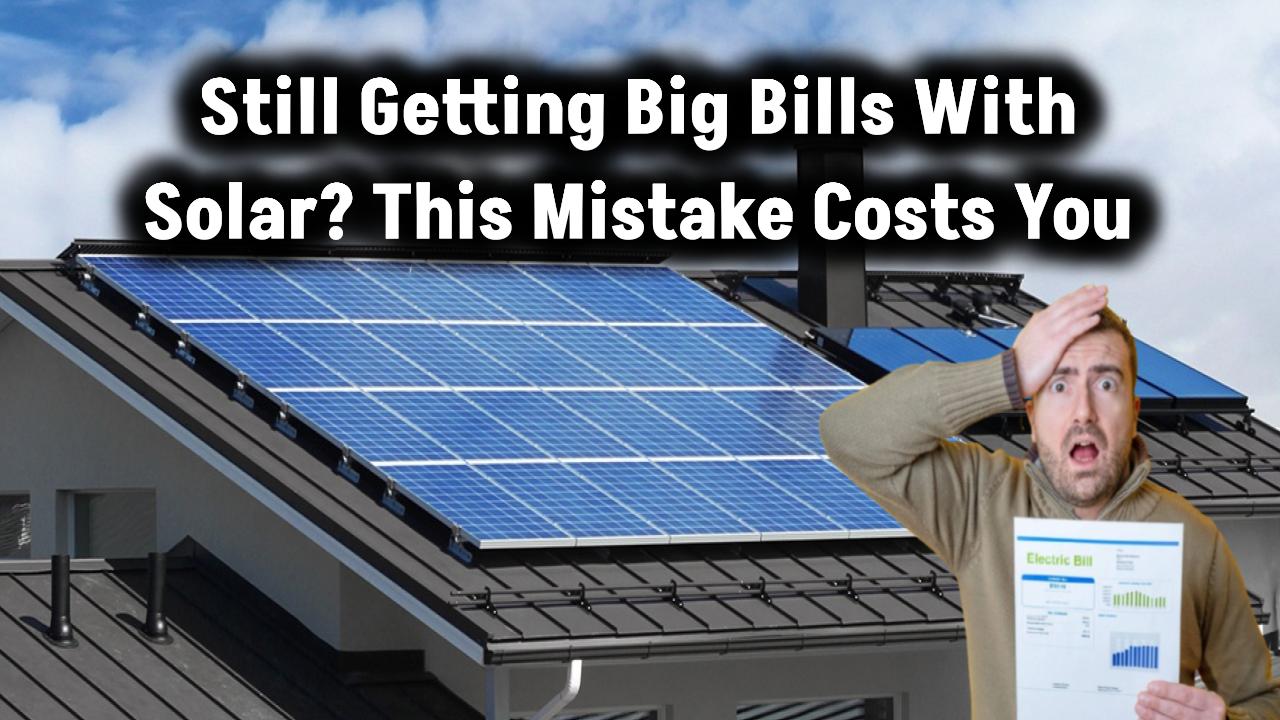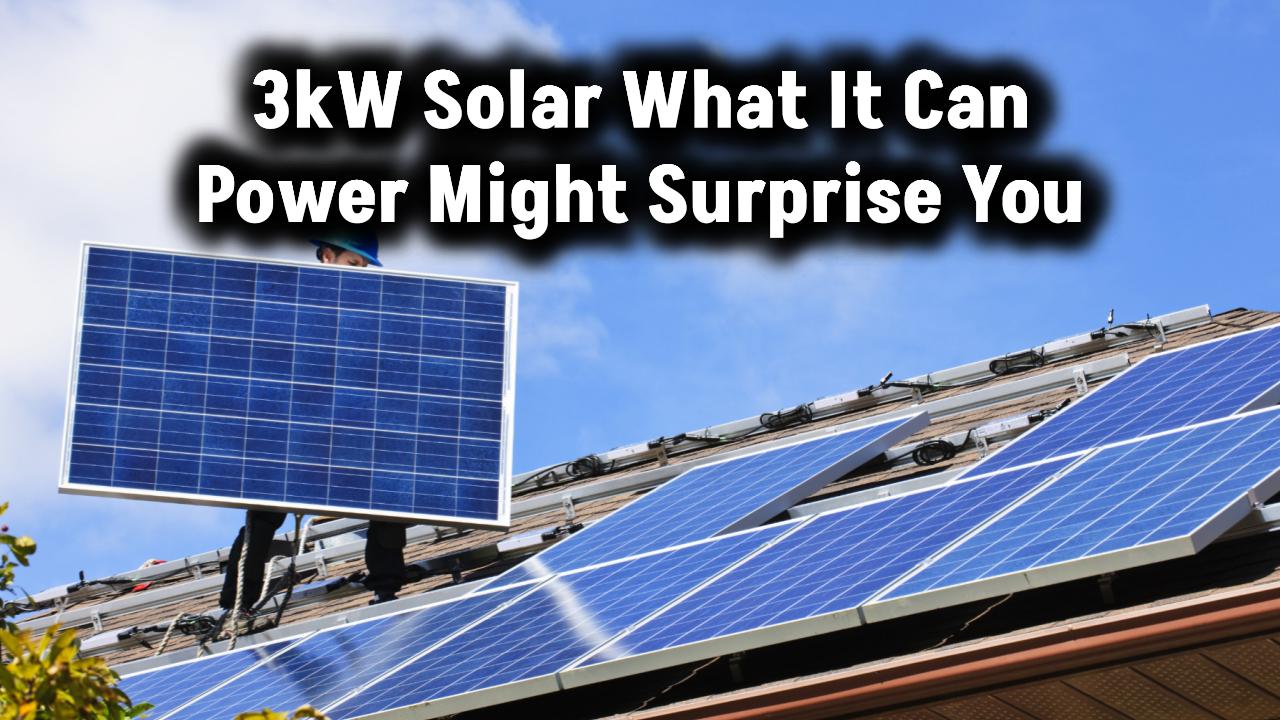
In the race toward greener, more sustainable living, hybrid solar heat pumps are emerging as the clear frontrunners in home energy solutions. These innovative systems combine the power of solar energy with the efficiency of heat pump technology, offering a smart, eco-friendly alternative to traditional heating and cooling methods.
Whether you’re a homeowner, architect, sustainability advocate, or curious energy consumer, understanding how hybrid solar heat pumps work—and why they’re the future—is crucial. Let’s break it down.
Also Check: Living in the Heat? These Are the Best Solar Power Systems for African Summers!
What Is a Hybrid Solar Heat Pump?
A hybrid solar heat pump combines two existing technologies:
- Solar thermal collectors or PV panels that absorb energy from the sun
- A heat pump system that transfers heat from one place to another
Together, they deliver heating, cooling, and hot water—all while using far less electricity than conventional systems.
The solar element reduces the heat pump’s workload, particularly for water heating. The result? Lower electricity usage, higher efficiency, and reduced greenhouse gas emissions.
How Does It Work? A Simple Breakdown
- Sunlight hits solar collectors or PV panels on your roof.
- Thermal energy or electricity generated is used to power or support the heat pump.
- The heat pump draws ambient heat from outside air, ground, or water and transfers it indoors.
- Heated or cooled air/water circulates throughout your home.
Think of it like a teamwork duo: the sun does the heavy lifting, and the heat pump fills in the gaps.
The Major Benefits of Hybrid Solar Heat Pumps
1. Incredible Energy Efficiency
Traditional HVAC systems and water heaters account for over 60% of household energy use. Hybrid systems cut that significantly.
- Studies show solar-assisted heat pumps achieve COPs (coefficients of performance) above 4.5 (source).
- Compared to standard heat pumps, hybrids can improve performance by 25% or more.
2. Lower Energy Bills
While upfront costs are higher, payback time ranges from 5 to 10 years, depending on your energy usage, location, and government incentives.
Real-world example: A couple in Bristol reported weekly bills under £1 after installation, even during cold months (source).
3. Eco-Friendly and Climate-Conscious
Hybrid systems reduce CO2 emissions by over 50%, supporting climate action and net-zero energy goals. With the growing push for greener buildings, these systems are a future-proof investment.
4. Year-Round Comfort
Hybrid systems provide cooling in summer and heating in winter, making them versatile for all climates. With the added benefit of solar energy, performance remains strong even during grid strain or energy price hikes.
5. Increased Property Value
Energy-efficient homes are in demand. Buyers will pay more for a house with a modern, renewable energy system. It’s a long-term value boost.
6. Energy Independence
By generating your own energy and relying less on the grid, hybrid systems offer greater resilience during outages, price surges, or supply disruptions. This is especially valuable in remote or disaster-prone areas.
7. Scalability and Integration
Hybrid systems can easily be scaled for larger homes or commercial buildings. They also integrate well with home energy management systems, battery storage, and smart thermostats.
Also Check: Own an EV? Discover the Exact Number of Solar Panels You Need with This Ultimate Guide!
Choosing and Installing a Hybrid Solar Heat Pump
Step 1: Evaluate Your Energy Needs
- Calculate household heating/cooling load
- Consider usage patterns and hot water demand
Step 2: Check Your Roof and Property Orientation
- South-facing roofs (in the Northern Hemisphere) get optimal sun
- Ensure there’s room for both solar panels and the heat pump outdoor unit
Step 3: Choose the Right System Type
There are two main kinds:
- Solar PV + Air Source Heat Pump (most common, lower cost)
- Solar Thermal + Ground Source Heat Pump (higher efficiency, larger investment)
Step 4: Hire a Certified Installer
Choose professionals accredited by national renewable energy organizations like:
- MCS – UK
- NABCEP – USA
Step 5: Apply for Grants or Incentives
Depending on your location, you may qualify for subsidies:
- UK: Boiler Upgrade Scheme
- US: Federal tax credits up to 30% (via EnergyStar.gov)
- EU: National-level energy transition programs
Step 6: Plan for Monitoring and Maintenance
Most systems come with app-based dashboards to track performance. Schedule annual inspections and clean solar panels regularly.
Step 7: Consider Battery Backup
For maximum energy independence, pair your hybrid system with battery storage. This ensures reliable power even at night or during cloudy periods.
Real-World Success Stories
Case Study 1: Zero-Bill Home in North London
A 100-year-old terrace home was retrofitted with:
- Hybrid solar PV + air-source heat pump
- Underfloor heating
- Smart insulation
Results: Zero electricity bills and income from exporting excess energy to the grid.
Case Study 2: Modern Build in Spain
A passive house project used a ground-source heat pump with rooftop solar. The house achieved net-positive energy, producing more power than it used.
Case Study 3: Australian Off-Grid Home
In rural Queensland, a self-sufficient home runs entirely on solar and heat pump systems, with battery backup. Despite high summer temperatures, the system provides year-round comfort.
(FAQs)
Q1: Are hybrid solar heat pumps suitable for cold climates?
Yes. With proper sizing and insulation, they can work efficiently even in sub-zero temperatures.
Q2: What’s the lifespan of a hybrid system?
Most systems last 15–25 years with regular maintenance.
Q3: Can I retrofit a hybrid system to an existing home?
Absolutely. Retrofitting is common, but may require changes to insulation or ductwork.
Q4: What’s the difference between solar thermal and PV in a hybrid setup?
- Solar PV: Generates electricity for the heat pump
- Solar thermal: Directly heats water, often more efficient but less flexible.
Also Check: Not Sure How Many Solar Panels You Need? This Ultimate Guide Will Clear All Your Doubts!








